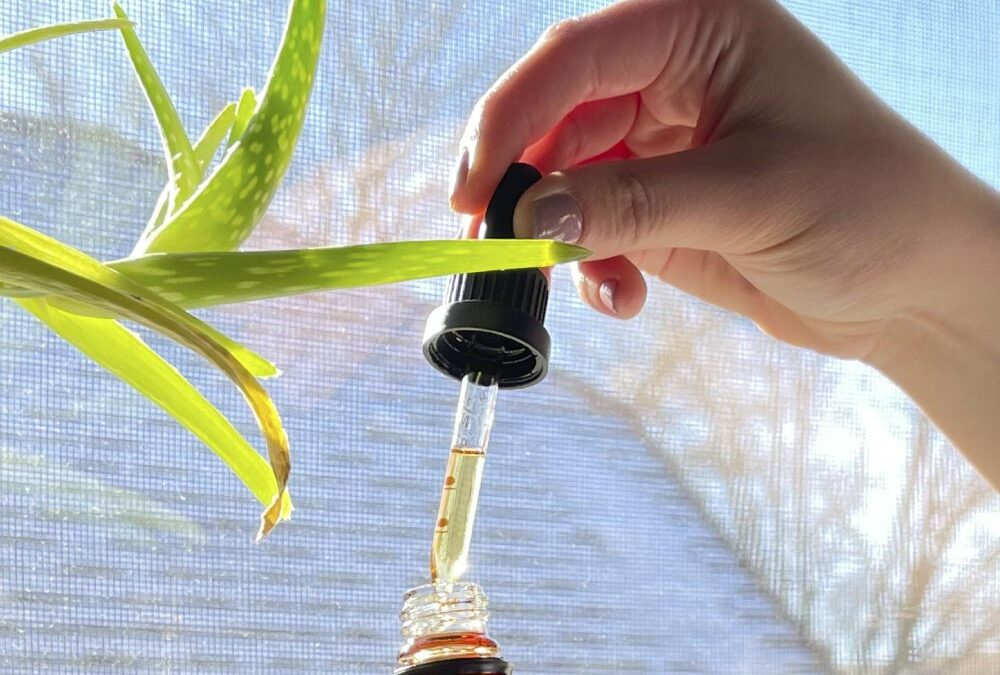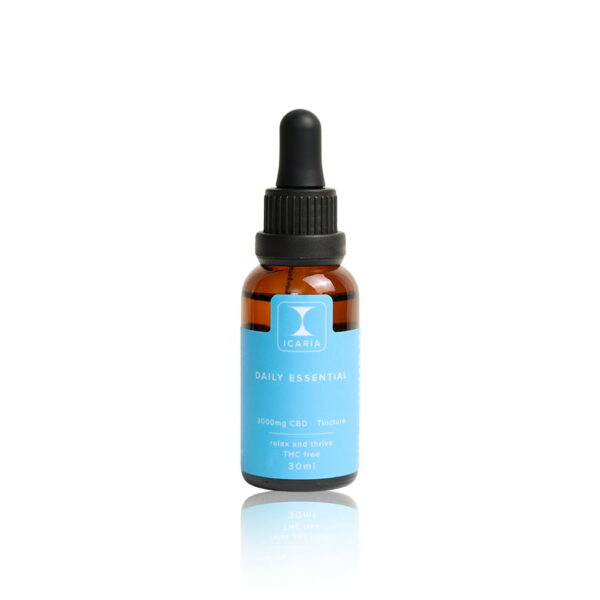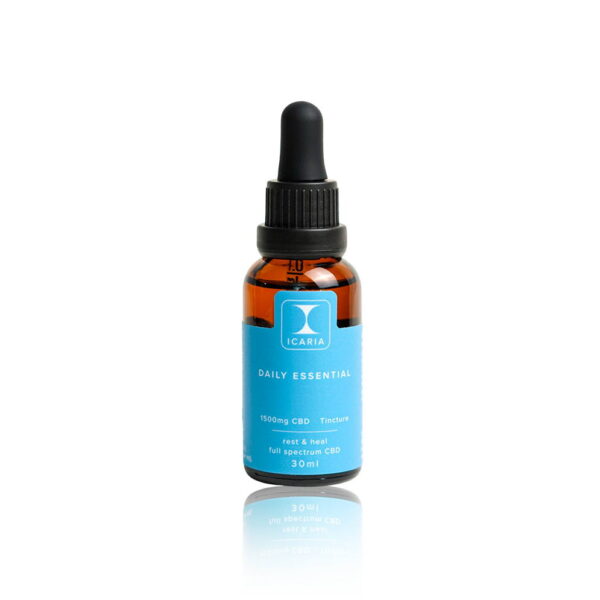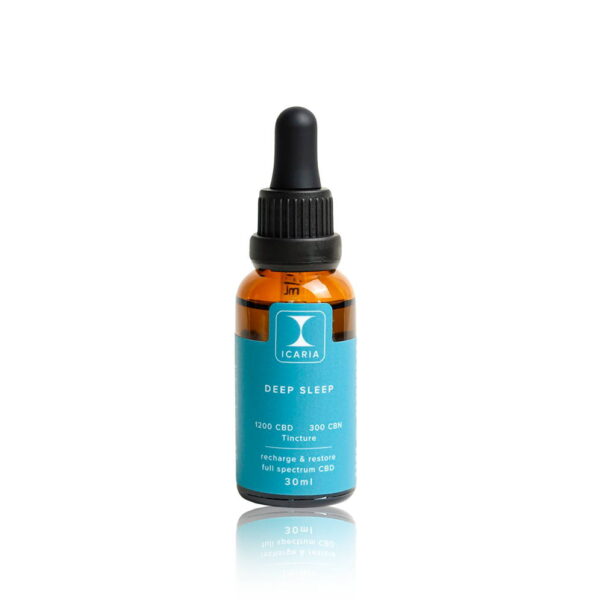Natural supplements, including CBD, have gained widespread popularity for their potential health benefits and minimal side effects compared to traditional pharmaceuticals. Many individuals turn to these supplements as a holistic approach to wellness, seeking relief from various symptoms and conditions. However, it’s not uncommon for people to notice that over time, the effectiveness of these natural remedies seems to diminish. If you’ve found yourself in this situation, fret not; you’re not alone. Let’s delve into the intricacies of CBD, its potential benefits, and what to do when CBD stops working for you.
How Does CBD Work?
CBD, short for cannabidiol, is a compound derived from the cannabis plant. Unlike its counterpart THC, CBD does not induce psychoactive effects. Instead, it interacts with the body’s endocannabinoid system (ECS), a complex network of receptors responsible for regulating various physiological processes.
The ECS plays a crucial role in maintaining homeostasis, or balance, within the body. When you consume CBD, it interacts with cannabinoid receptors located throughout the ECS, modulating neurotransmitter release and influencing factors such as pain perception, mood, and inflammation.
Potential Benefits of CBD
The potential benefits of CBD are wide-ranging and continue to be explored through ongoing research. Some of the most commonly reported benefits include:
Anxiety Relief: CBD has shown promise in reducing symptoms of anxiety and promoting relaxation without the intoxicating effects associated with THC.
Pain Management: Many individuals use CBD to alleviate chronic pain, including conditions like arthritis and neuropathic pain.
Improved Sleep: CBD may help improve sleep quality by addressing underlying issues such as anxiety or insomnia.
Neuroprotective Properties: Research suggests that CBD may have neuroprotective properties, making it a potential therapeutic agent for conditions like epilepsy and Parkinson’s disease.
Types of CBD
CBD products come in various forms, each with its own method of consumption and potential effects on the body. Here are some of the most common types of CBD and how they work inside the body:
- Full-Spectrum CBD:
Full-spectrum CBD contains all the naturally occurring compounds found in the cannabis plant, including cannabinoids, terpenes, and trace amounts of THC (less than 0.3%). These compounds work together synergistically in what is commonly referred to as the “entourage effect.” This effect suggests that the combined action of multiple cannabis compounds may enhance the therapeutic benefits of each individual component. When consumed, full-spectrum CBD interacts with the body’s endocannabinoid system (ECS), modulating various physiological processes such as pain perception, mood, and inflammation.
- Broad-Spectrum CBD:
Broad-spectrum CBD is similar to full-spectrum CBD in that it contains multiple cannabis compounds, excluding THC. This type of CBD offers the potential benefits of the entourage effect without the risk of psychoactive effects associated with THC. Broad-spectrum CBD interacts with the ECS like full-spectrum CBD, influencing various bodily functions and promoting homeostasis.
- CBD Isolate:
CBD isolate is the purest form of CBD, containing only cannabidiol and no other cannabis compounds. During the extraction process, all other cannabinoids, terpenes, and plant materials are removed, leaving behind a crystalline powder that is nearly 100% pure CBD. CBD isolate interacts with the ECS by directly binding to cannabinoid receptors, modulating neurotransmitter release, and influencing physiological processes. While CBD isolate lacks the entourage effect observed in full-spectrum and broad-spectrum CBD, it still offers potential therapeutic benefits.
- Nano CBD:
Nano CBD refers to CBD molecules that have been reduced to a significantly smaller size through a process called nanotechnology. These smaller CBD particles are believed to have increased bioavailability, meaning they can be more easily absorbed by the body. When consumed, nano CBD interacts with the ECS in the same way as traditional CBD products, but its smaller size allows for faster and more efficient absorption into the bloodstream. This may result in a quicker onset of effects and potentially enhanced therapeutic outcomes.
Each type of CBD offers unique characteristics and potential benefits, allowing individuals to choose the formulation that best suits their needs and preferences. Whether you opt for full-spectrum, broad-spectrum, CBD isolate, or nano CBD, understanding how each type works inside the body can help you make informed decisions about incorporating CBD into your wellness routine.
When CBD Stops Working Overtime
While CBD can provide significant relief for many individuals, there may be instances where its effectiveness diminishes over time. Several factors could contribute to this phenomenon, including:
Tolerance – Just like with any substance, your body may develop a tolerance to CBD over time, requiring higher doses to achieve the same effects.
Quality and Potency – The quality and potency of CBD products can vary significantly between brands. If you’ve noticed a decline in effectiveness, it may be worth reassessing the quality of the product you’re using.
Changes in Physiology – Individual differences in metabolism and physiology can affect how CBD is absorbed and utilized by the body. Factors such as age, weight, and overall health may impact your response to CBD.
Drug Interactions – CBD can interact with certain medications, potentially affecting their efficacy or metabolism. If you’re taking other medications, it’s essential to consult with a healthcare professional before using CBD.
How to Take CBD to Ensure Effectiveness
If you’ve experienced a decline in the effectiveness of CBD, there are several strategies you can try to optimize its benefits:
- Experiment with Dosage: Start with a low dose of CBD and gradually increase it until you find the optimal dosage for your needs. Keep a journal to track your symptoms and dosage adjustments.
- Consider Product Formulations: Different CBD formulations may have varying absorption rates and bioavailability. Experiment with different products, such as oils, capsules, or topical creams, to find what works best for you.
- Quality Matters: Choose reputable brands that provide third-party lab testing results to ensure the quality and potency of their products. Look for products made from organic hemp and free of harmful additives.
- Rotate Strains: If you’re using full-spectrum CBD products, consider rotating between different strains to prevent tolerance buildup and maintain effectiveness.
- Lifestyle Factors: Incorporate healthy lifestyle habits, such as regular exercise, stress management techniques, and a balanced diet, to support the overall effectiveness of CBD.
Conclusion
In conclusion, CBD can be a valuable tool in your wellness arsenal, offering relief from a variety of symptoms and conditions. However, if you find that CBD is no longer providing the same level of benefit as it once did, don’t lose hope. By understanding how CBD works, exploring potential factors contributing to decreased effectiveness, and implementing strategies to optimize its benefits, you can navigate roadblocks and continue on your journey toward holistic wellness. Remember to consult with a healthcare professional before making any significant changes to your CBD regimen, especially if you’re taking other medications. With patience, experimentation, and a commitment to self-care, you can find a path forward that works for you.







